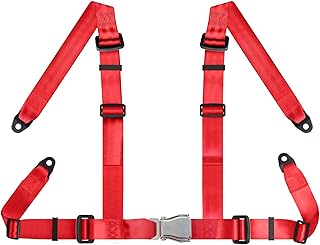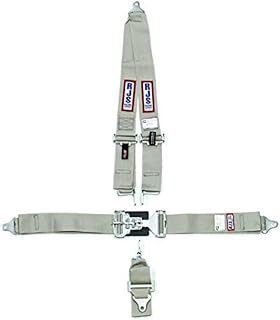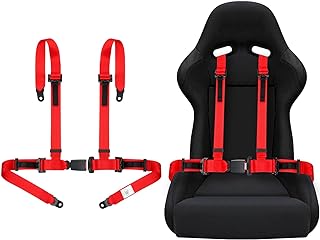Dana Parham, a prominent figure in harness racing, is renowned for his involvement in Odds On Racing, where he holds interests in numerous horses. However, Parham’s legacy extends beyond ownership to pioneering computer-assisted wagering (CAW) technology. Decades ago, Parham and his team were trailblazers in utilizing technology to place bets on harness races, wagering substantial sums annually. With an in-depth understanding of wagering intricacies, Parham sheds light on the enduring relevance of CAW in today’s betting landscape.
Though Parham exited the professional wagering scene in 2016, his insights into CAW remain invaluable. Describing CAW as a tool for executing betting strategies efficiently, Parham emphasizes the unparalleled capacity of computers to engage across multiple pools and tracks comprehensively. The fundamental advantage of CAW lies in its mathematical precision, enabling accurate estimation of closing odds through sophisticated algorithms honed over extensive race data analysis.
While acknowledging the computational prowess of CAWs in predicting odds, Parham underscores the irreplaceable role of human handicappers in formulating informed opinions. He highlights the cognitive advantage of human intuition and track familiarity, juxtaposed with the algorithmic precision of CAWs. Parham emphasizes the critical need for bettors to grasp the mathematical underpinnings of wagering, cautioning against relying solely on subjective assessments devoid of numerical acumen.
Addressing prevalent misperceptions surrounding CAWs, Parham challenges the notion that these systems disrupt wagering dynamics, causing erratic late shifts in odds. He argues that CAWs contribute to price accuracy, dispelling misconceptions about bet entitlement based on initial odds displayed. Parham contends that understanding the mathematical nuances of betting is imperative for bettors to navigate the intricacies of pari-mutuel wagering effectively.
The impact of CAWs on betting dynamics came to the fore during a recent episode at The Meadowlands, where measures were implemented to curtail CAW activity in the final minutes before post time. The resultant decline in handle at The Meadowlands underscored the significant influence of CAWs on total wagering volume. Parham estimates that a substantial portion of The Meadowlands’ handle, approximately 30%, originates from CAW wagering, indicating the pivotal role of these systems in shaping betting outcomes.
Contrary to assertions by The Meadowlands regarding post-time drag’s efficacy in enhancing handle, Parham questions the rationale behind reinstating this practice. He contends that abrupt changes in betting protocols can disrupt established wagering patterns, leading to unintended consequences such as diminished handle. Parham’s skepticism extends to the notion of CAW migration between tracks, emphasizing the intricacies of maintaining optimal betting strategies within a competitive wagering environment.
Reflecting on the broader implications of CAW dominance in the betting landscape, Parham considers the potential risks and benefits associated with a significant proportion of handle originating from CAW sources. He posits that CAW operators, despite their substantial winnings, reinvest a considerable portion back into the pools, fueling industry liquidity. Parham underscores the symbiotic relationship between CAW entities and the broader industry, highlighting the intricate balance of risk and reward inherent in high-stakes wagering.
As technological advancements continue to reshape the wagering landscape, Parham emphasizes the enduring importance of sound methodology and logical analysis in successful betting strategies. Amidst the evolving landscape of artificial intelligence and predictive analytics, Parham underscores the timeless principles of identifying logical contenders and applying informed mathematical models to achieve wagering success. His insights serve as a testament to the enduring relevance of foundational wagering principles in navigating the complexities of modern betting environments.
📰 Related Articles
- Young Reinswoman Elley-May Adams Secures First Harness Racing Victory
- Young Harness Racing Talent Ryan Backhouse Drives Success with Stellar Performances
- Young Harness Racing Sensation Harrison Orange Set for AYDC
- Young Harness Racing Drivers Banned in Doping Scandal Fallout
- Young Driver Jordan Leedham Shines in Harness Racing Spotlight






